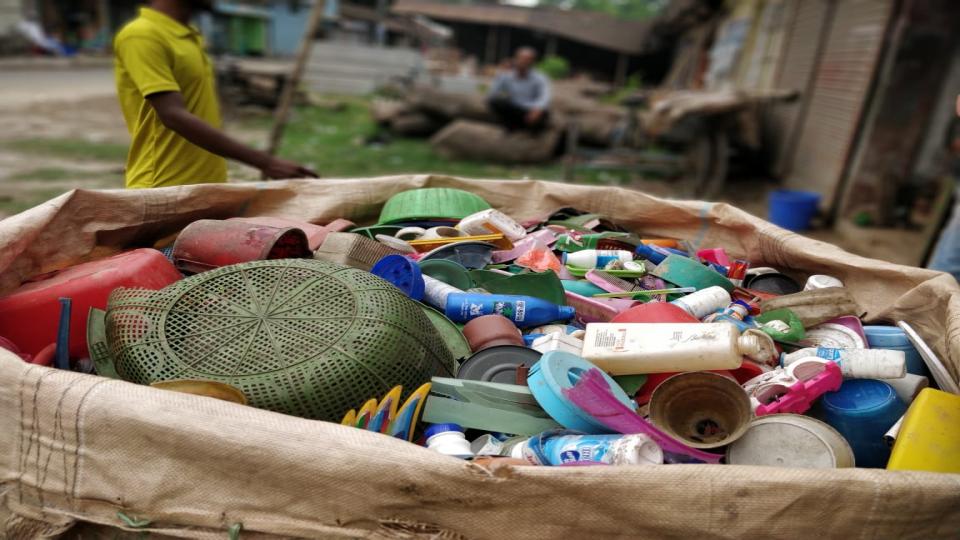NG’s female-led team returns to Bangladesh, India for Sea to Source expedition

Co-led by National Fellows Jenna Jambeck and Heather Koldewey, a team of scientists and engineers began a two-month long expedition travelling the full 2,575 kilometers (1,600 miles) of the mainstream Padma river from the Bay of Bengal to the river’s source in the Himalayas in late October.
The “Sea to Source: Ganges” river expedition aims to mobilise a global community of experts to help tackle the global problem of plastic pollution. During the expedition, the team will measure post-monsoon plastic pollution levels in the river and surrounding communities and will conduct interviews and solution workshops at each site. Using the data they collect, the team will work with local and national partners to inform solutions, fill knowledge gaps, and help drive a long-term positive change.
“Ocean plastic pollution is a global crisis. Every year, about 9 million metric tons of plastic are added, with rivers acting as major conveyor belts that move plastic debris into the ocean. Our focus on this expedition is to understand how people and plastic connect with the Padma river and ultimately the ocean, using our data to raise awareness and identify solutions,” said Heather Koldewey.
The expedition is the second phase of National Geographic’s Sea to Source expedition along the Padma river in Bangladesh and India. The aim is to track differences and similarities in plastic pollution activity following monsoon season in this iconic river system. The first phase of the river expedition took place in May-July of this year.
The expedition, in partnership with the Wildlife Institute of India (WII), the Indian Institute of Technology, the University of Dhaka, Wild Team, and the Isabela Foundation will also focus on documenting how plastic waste travels from source to sea and filling the critical knowledge gaps around plastic flow, load, and composition. The initiative is also supported by Tata Trusts in India.
